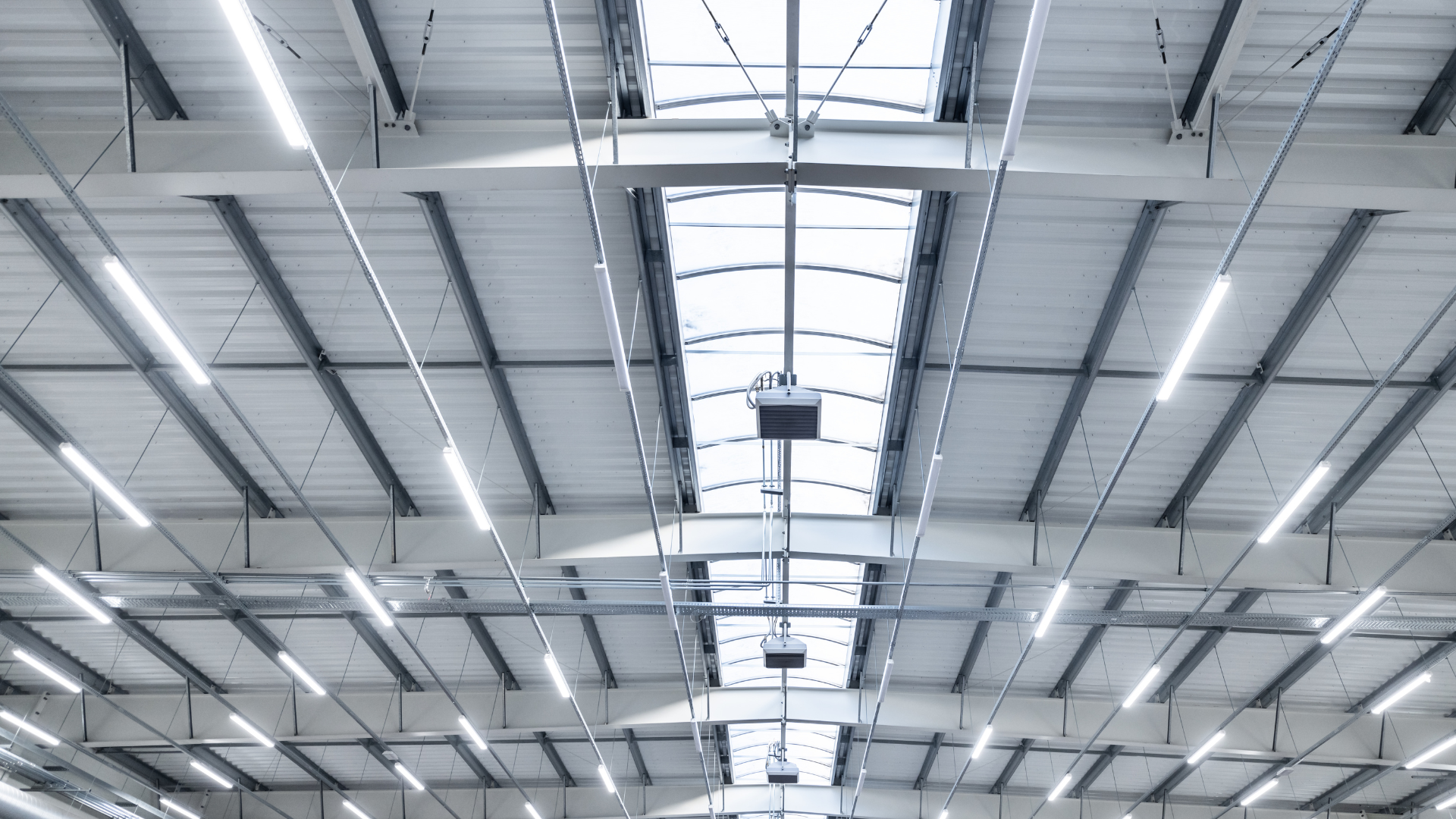
Every work day starts with an employee turning on the lights.
Workplace lighting often goes overlooked in the big picture of employee productivity despite its constant effects. Yet improving light quality can be a shortcut to significant upticks in productivity, with the added benefits of supporting employee health and saving on energy costs.
Lighting can impact employees in many ways and have an effect on:
Lighting is one of the easiest paths to energy efficiency for highly visible results. Find out how LED lighting can make a big difference in the workplace.
How does lighting affect employee productivity?
Workplace lighting is not a backdrop to productivity, but an essential ingredient. Bright light boosts accuracy, minimizing errors and serious accidents. It also reduces eye fatigue and headaches in employees, enhancing performance and supporting wakefulness. Not all lights can achieve the same effect: LED lighting has a white, clear quality on the kelvin temperature scale and color rendering index, mimicking natural sunlight. Our eyes not only perceive this light as brighter, but also take it as a cue for tapping the body's peak energy levels.
This translates into real ROI. Consider the following examples. In a benchmark study, a post office in Reno, Nevada, achieved a 6% productivity gain and 150% ROI within the first year of switching to indirect LED lighting. Employees could sort mail faster and more comfortably, a minor change that resulted in a profit gain of $400,000 - 500,000.
In Oak Creek, Wisconsin, Superior Die Set Corporation achieved 11.3% productivity with a $3,000 LED lighting upgrade. Because drafters could complete project drawings with greater ease, the ROI surged to an incredible 1,308%!
Good lighting leads to employee satisfaction, which leads to increased profitability which = Increased productivity.
When it's time to upgrade, LED lighting offers the brightest, cleanest light to the greatest advantage. In a 2010 study, all three LED lighting values outperformed flourescent lighting. Because of its position on the temperature scale and color index, LED lighting supports positive mood, extended wakefulness, and faster performance. The study concluded that there was an 8.3% improvement in visual and cognitive tasks, quicker reaction times, reduced fatigue, increased activity, and lower rates of depression.
It's a simple change that saves on costs and improves the quality of work to everyone's benefit. As lighting technology standards move forward, companies can afford to elevate workplace lighting quality.


